Army dog breeds have played an essential role in military operations, providing invaluable service and protection to soldiers worldwide. These military dog breeds possess unique abilities that make them suitable for military service tasks like tracking, detection, guarding, and companionship.
Throughout World War I and World War II, military working dogs demonstrated their keen sense of smell and high intelligence in various military roles. Breeds like the German Shepherd, Belgian Malinois, and Dutch Shepherd have been highly sought after for their exceptional abilities.
In modern times, search and rescue dogs continue to play a crucial role in military operations. Their exceptional tracking abilities and strong sense of smell enable them to locate wounded soldiers and detect explosives. These rescue dogs provide invaluable support during search and rescue missions at military bases worldwide. Their dedication and loyalty make them trusted canine companions for soldiers in the field.
This article explores some of the most prominent army dog breeds, including their history, interesting facts, training requirements, grooming needs, health issues, and benefits to families. So let’s start:
Army Dog Breeds
1. Belgian Malinois
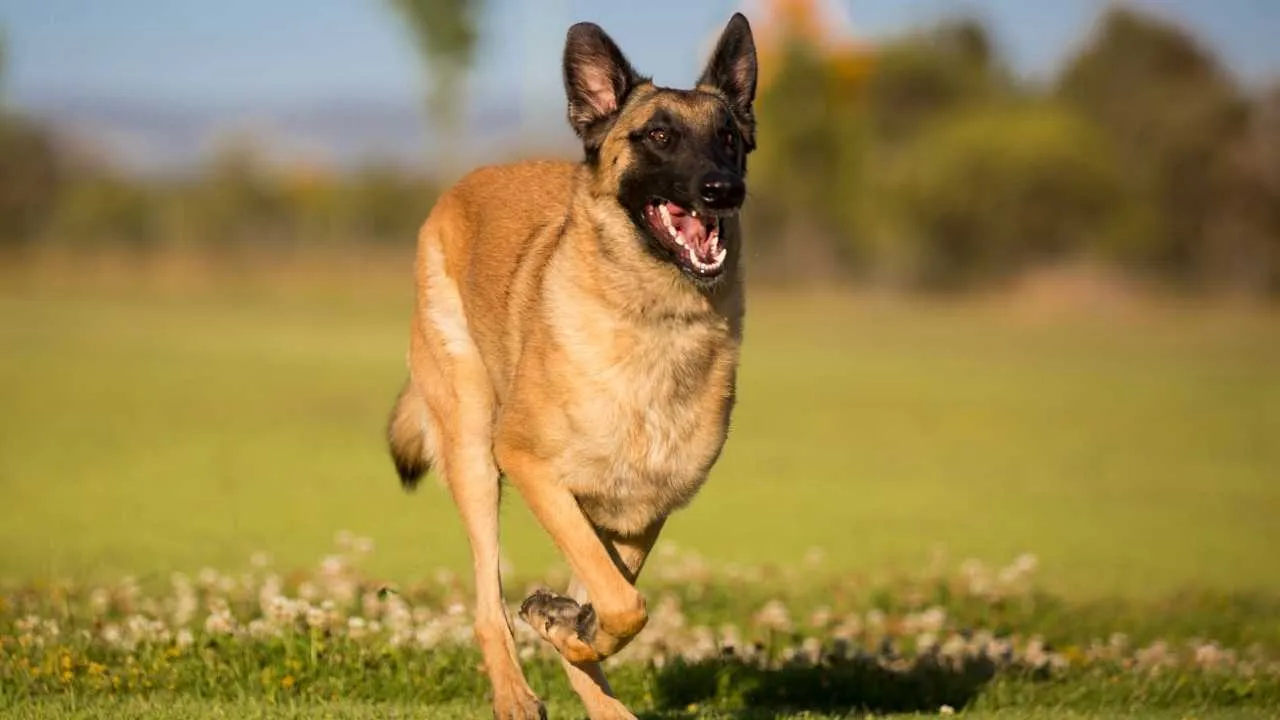
The Belgian Malinois, originating from Belgium, has been a crucial asset in military roles since World War I. These agile and quick dogs are famed for their intelligence and unwavering dedication. Often seen with elite units like Navy SEALs, they excel at detection and tracking.
Working with a Belgian Malinois can be both challenging and rewarding. Their high energy and sharp minds demand rigorous and varied training routines. Keeping them mentally and physically stimulated ensures they remain engaged and productive.
Maintaining a Belgian Malinois’s coat is relatively simple, requiring just occasional brushing. These dogs thrive on activities that challenge their agility and stamina, making regular exercise a key part of their routine.
Despite being susceptible to hip and elbow dysplasia, Belgian Malinois are known for their resilience. Regular vet visits, a nutritious diet, and proper care are essential to manage these health issues, allowing them to lead active lives.
At home, Belgian Malinois are lively and loving pets. Their loyalty and protective instincts ensure they form strong bonds with their families. Active households that can provide ample exercise and mental engagement will find them perfect companions.
2. Bloodhound
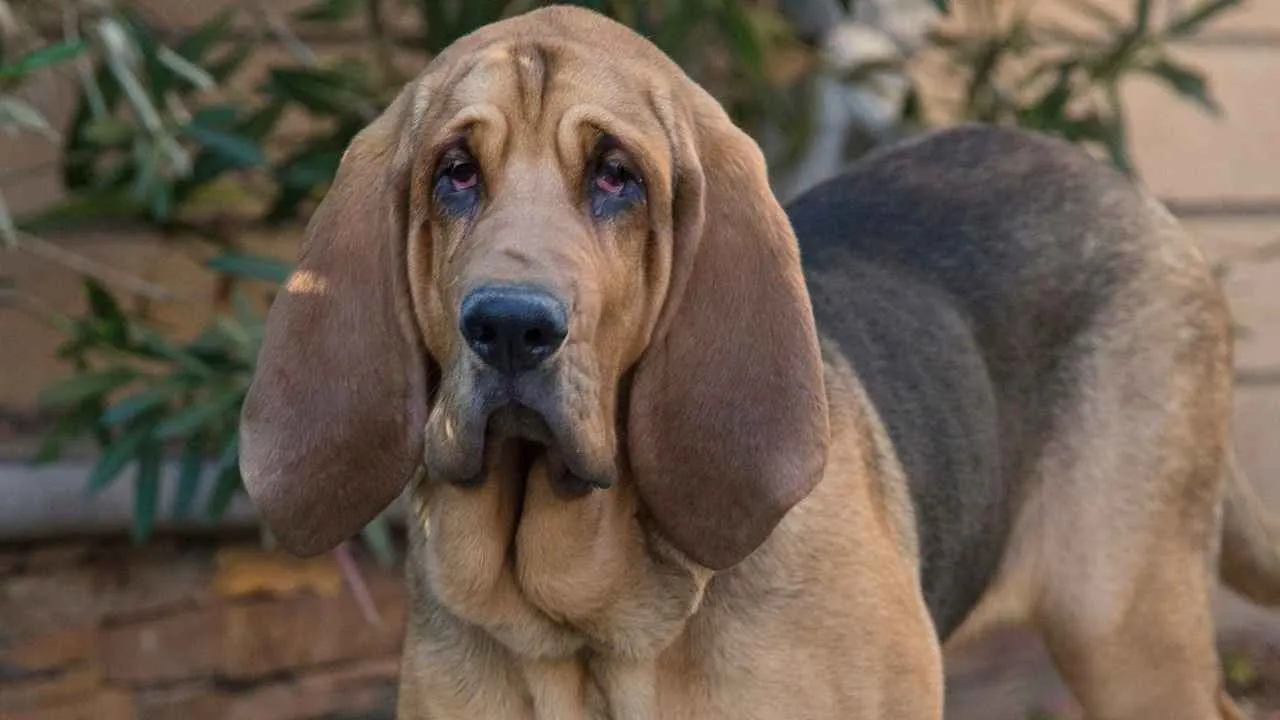
Bloodhounds, with their unparalleled sense of smell, trace their roots back to medieval Europe. Bred primarily for tracking, their olfactory prowess makes them invaluable in search and rescue missions. Their ability to find scents is so precise that it’s recognized in court.
Training a Bloodhound requires patience and consistency due to their independent streak. Enhancing their natural abilities through structured tracking exercises keeps them sharp and effective.
Grooming a Bloodhound involves frequent cleaning of their ears and skin folds to ward off infections. While their coat needs minimal care, their distinctive long ears require regular attention. Physical activity is vital to keep them healthy and prevent weight gain.
Bloodhounds are prone to conditions like bloat and hip dysplasia. Monitoring their diet and ensuring regular vet care can help manage these health concerns, enabling them to continue their tracking work.
In a family, Bloodhounds are gentle and affectionate members. They are friendly with children and other pets but need space to explore due to their strong tracking instincts.
3. Bouvier des Flandres
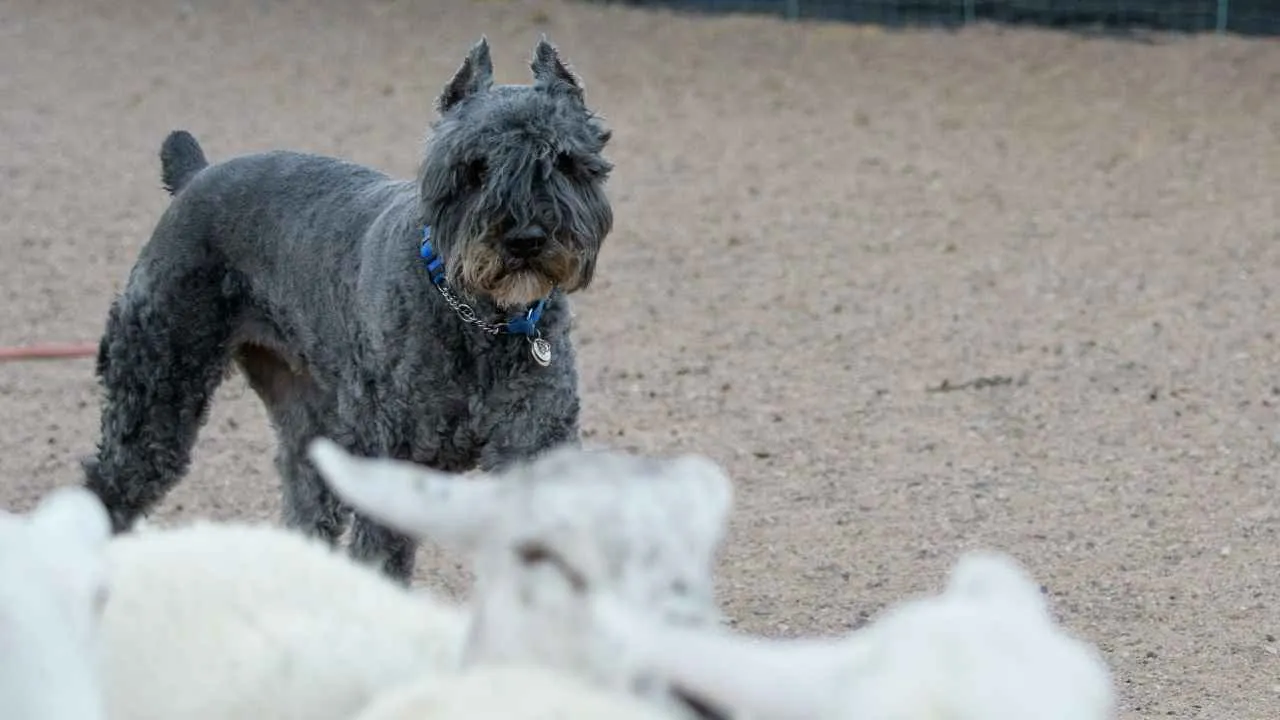
According to the American Kennel Club, the Bouvier des Flandres, hailing from Belgium, has served in a variety of roles, from farm work to military duties. Known for their strength and versatility, they have been utilized as messengers and draft animals during the World Wars.
Bouviers thrive in environments where they can work. Engaging them with tasks that challenge both their physical and mental abilities keeps them content. They respond well to diverse training sessions involving different activities.
Grooming a Bouvier des Flandres involves regular brushing to prevent their thick coat from matting. They enjoy physical activities and mental challenges, making regular exercise important for their well-being.
Health considerations for Bouviers include hip dysplasia and eye conditions. Consistent vet check-ups, a balanced diet, and regular exercise are key to managing these issues. They are known for their resilience and adaptability despite health concerns.
Bouviers are loyal and protective, forming close bonds with their families. They are affectionate and enjoy participating in family activities, thriving in homes that can meet their physical and mental needs.
4. German Shepherd
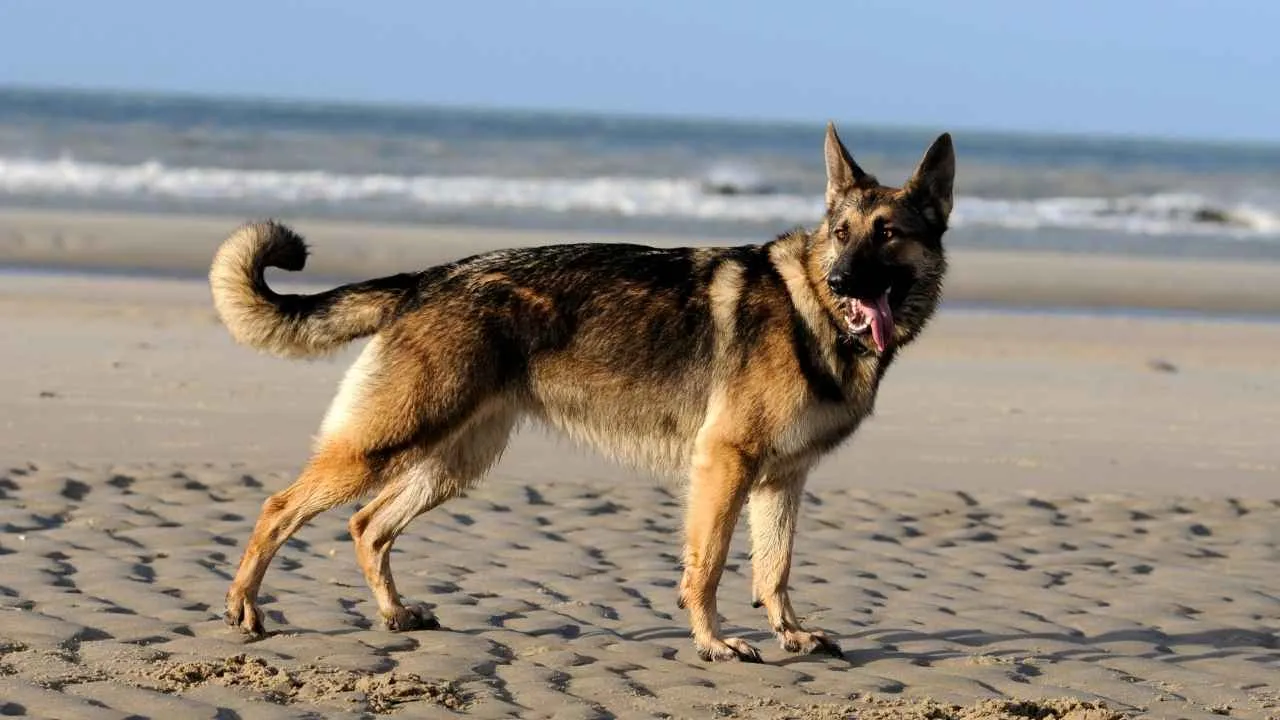
Developed in Germany in the late 19th century, the German Shepherd is one of the most recognized breeds in military and police work. Their versatility, intelligence, and loyalty make them ideal for various tasks, from detection and tracking to guarding.
German Shepherds are highly intelligent and eager to please, making training straightforward. They excel in obedience and can quickly master complex tasks. Consistent training and positive reinforcement help them reach their full potential.
Their double coats require regular brushing to manage shedding and maintain cleanliness. Occasional baths keep their coat healthy and free of mats, contributing to their overall well-being.
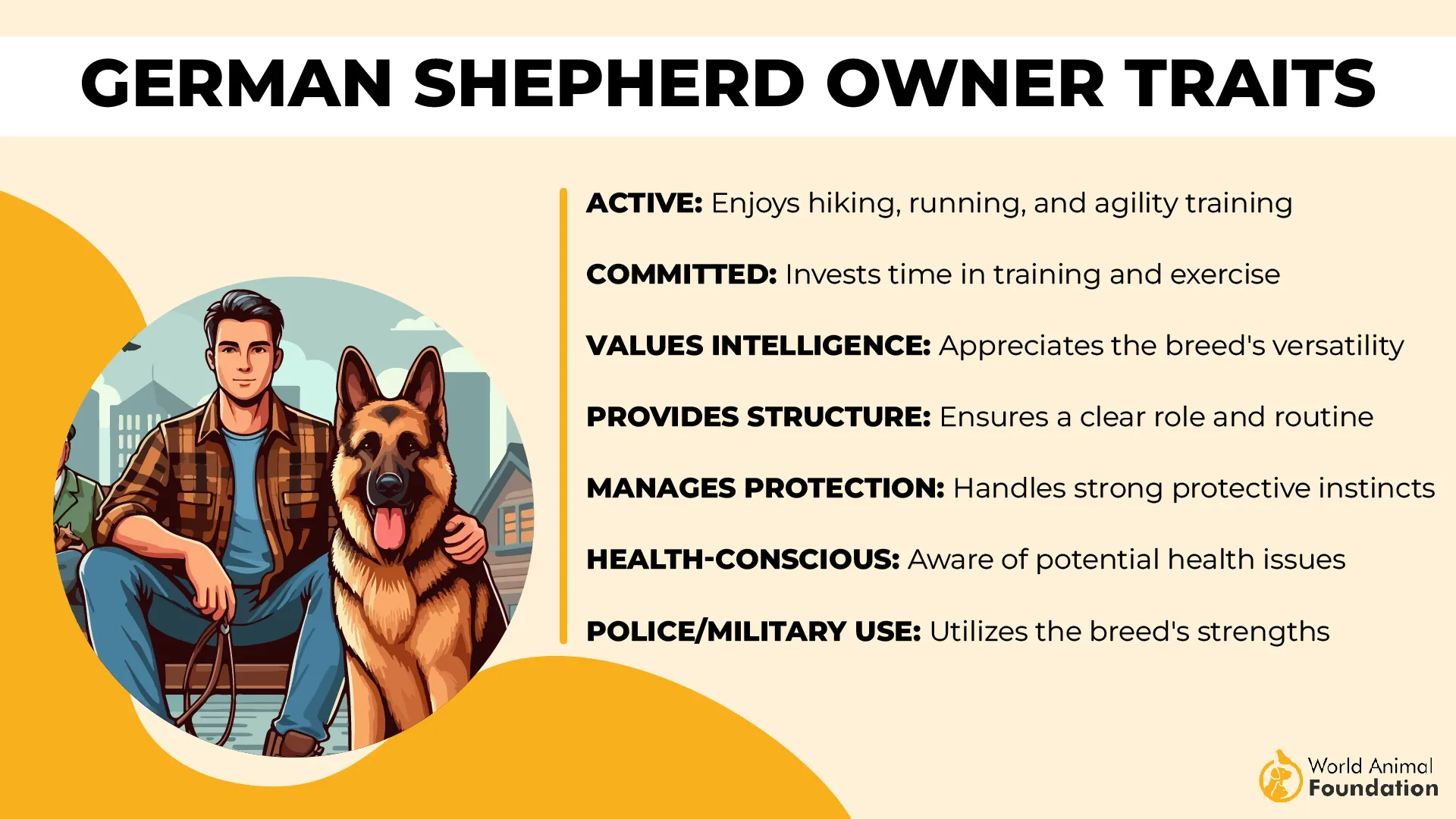
German Shepherds are prone to hip dysplasia and degenerative myelopathy. Regular veterinary care, a healthy diet, and appropriate exercise help manage these conditions, allowing them to lead active lives.
In a home setting, German Shepherds are loyal and protective. They form strong bonds with their families and thrive in environments where they can be both mentally and physically active.
5. Dutch Shepherd
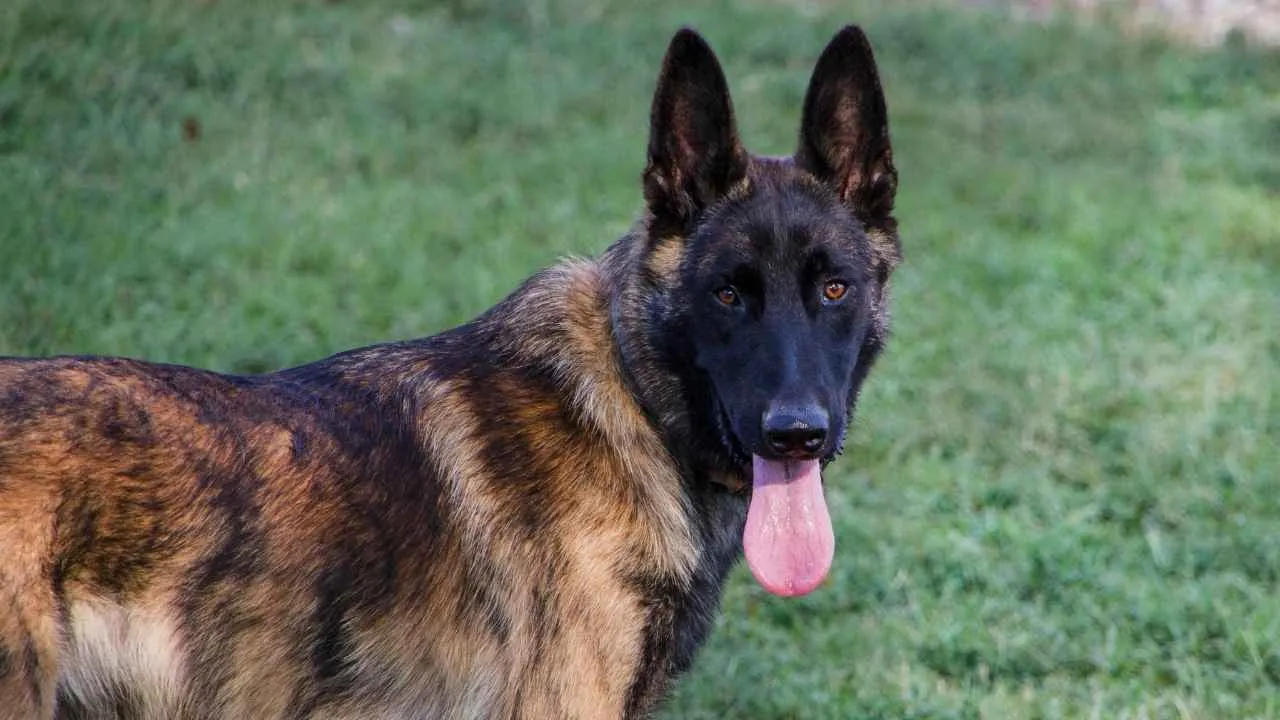
Originally used for herding in the Netherlands, the Dutch Shepherd has since become a valuable asset in military and police roles. Their adaptability and work ethic make them excel in various tasks, from detection to guarding.
Dutch Shepherds are eager to work and highly trainable. Engaging them in varied and structured training sessions that incorporate physical and mental challenges keeps them motivated and productive. They respond well to a mix of activities and positive reinforcement.
Their coat needs regular brushing to remain healthy and manageable. Dutch Shepherds enjoy physical activity and mental stimulation, making regular exercise a key part of their routine.
Health-wise, Dutch Shepherds are generally healthy but can be prone to hip dysplasia. Regular vet visits, a nutritious diet, and proper care help manage this condition, ensuring they remain active and happy.
In a family, Dutch Shepherds are loyal and affectionate. They bond closely with their human companions and thrive in homes where they can be active and engaged. Their protective nature makes them excellent family pets.
6. Rottweiler
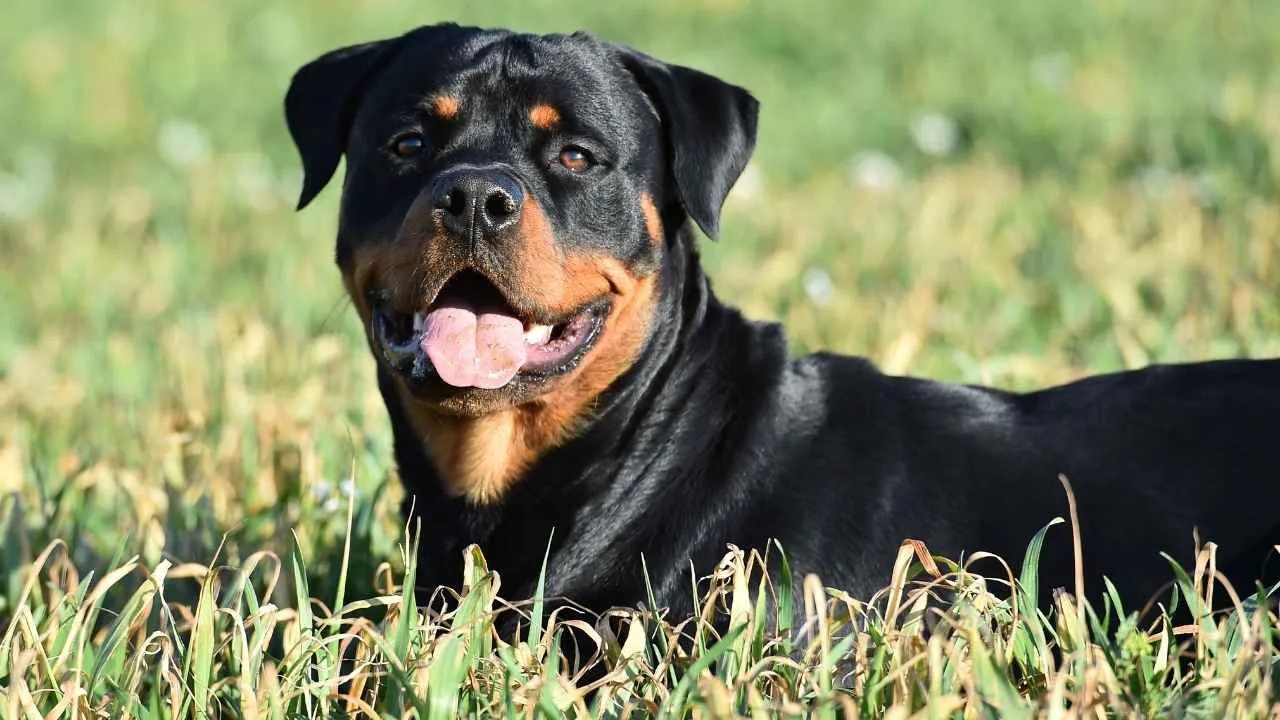
With origins in Germany, the Rottweiler has a long history as a herding and guard dog. Their strength and protective nature make them ideal for military and police work, where they are valued for their loyalty and dedication.
Rottweilers require firm and consistent training due to their strong-willed and confident nature. Positive reinforcement helps keep them motivated and focused. Engaging them in diverse training sessions develops their skills and obedience.
Their grooming needs are minimal, requiring occasional brushing to maintain their short coat. Rottweilers benefit from regular exercise and mental engagement, both essential for their health and happiness.
According to WebMD, Rottweilers are prone to hip dysplasia and heart conditions. Regular veterinary care, a balanced diet, and appropriate exercise help manage these issues, allowing them to lead healthy lives.
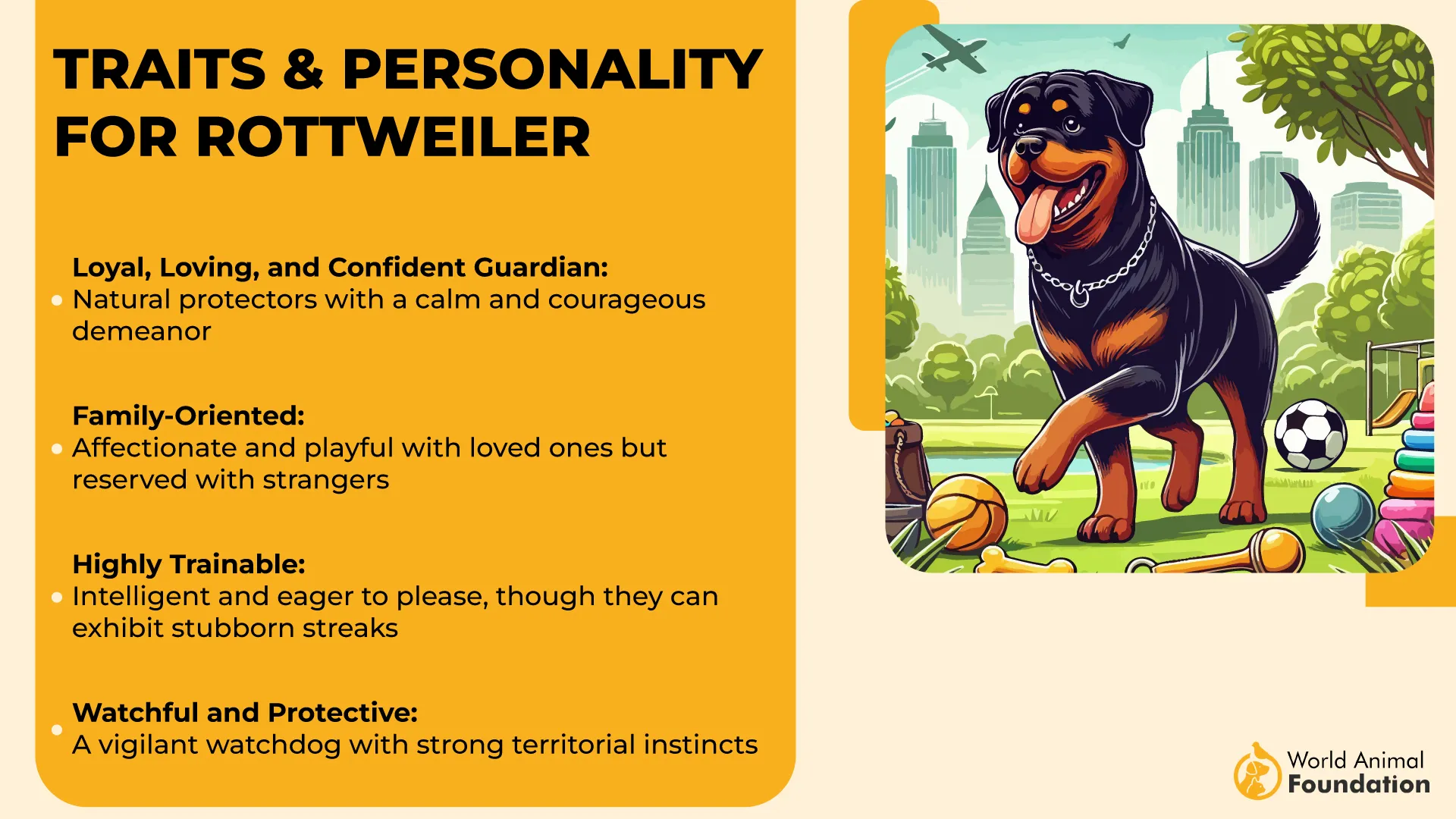
At home, Rottweilers are loyal and protective family members. They bond closely with their human families and thrive in environments where they can be active. Their affectionate nature makes them excellent companions.
7. Doberman Pinscher
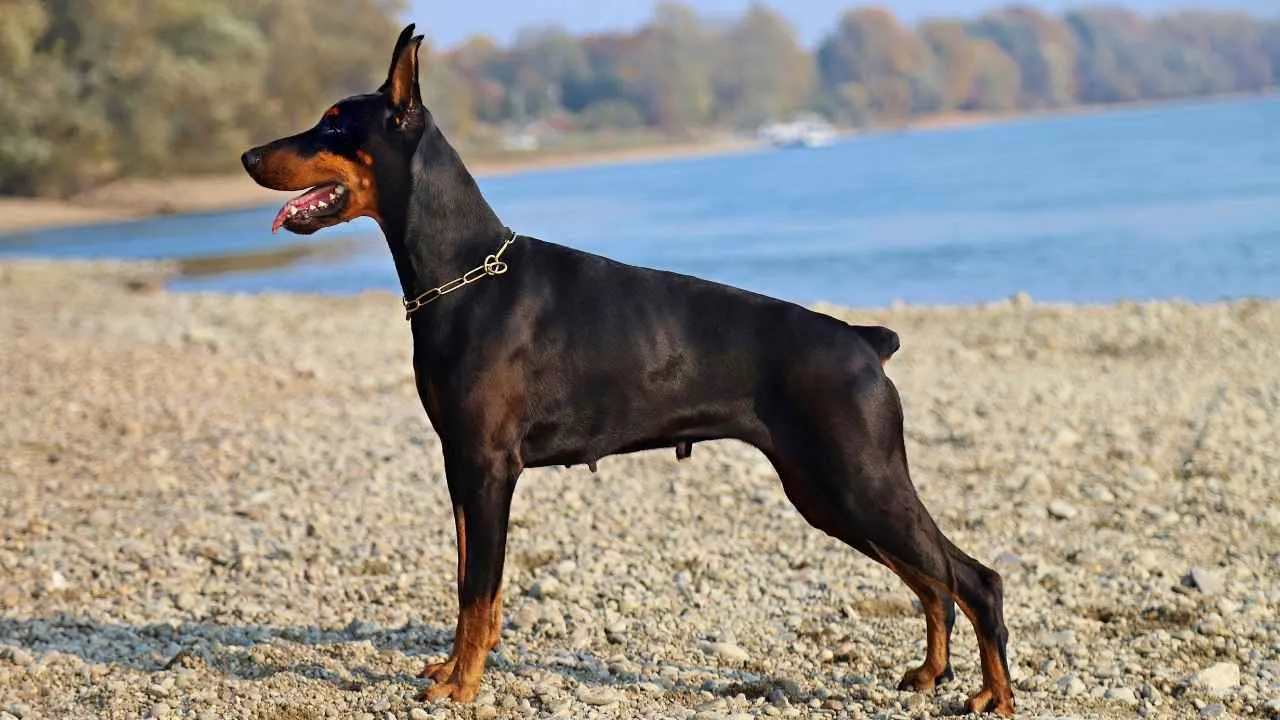
Developed in Germany in the late 19th century, the Doberman Pinscher is known for its loyalty, intelligence, and protective nature. These traits make them ideal for military and police roles, where they excel due to their strength and trainability.
According to PetMD, Doberman Pinschers are highly trainable and eager to please. They thrive on mental and physical stimulation, responding well to varied and consistent training methods. Positive reinforcement keeps them motivated and sharp.
Their sleek coats require minimal grooming, with occasional brushing to maintain cleanliness. Regular exercise is vital to keep them fit and engaged, and they enjoy activities that challenge their agility and intelligence.
Health issues for Doberman Pinschers include hip dysplasia and heart conditions. Regular veterinary care, a healthy diet, and proper exercise help manage these concerns, enabling them to lead active lives.
In a family setting, Doberman Pinschers are loyal and protective companions. They form close bonds with their human families and thrive in homes where they can be active and engaged. Their affectionate nature makes them wonderful pets.
Conclusion
The unique qualities and benefits of army dog breeds make them indispensable in military operations and exceptional family pets. Their versatility, intelligence, and dedication enable them to excel in various tasks, from detection and tracking to guarding and companionship. These dogs have played significant roles in military history and continue to provide invaluable service to soldiers and families alike.
Responsible ownership and proper training are crucial to harnessing the full potential of these remarkable dogs. From the Labrador Retriever to the Doberman Pinscher, these breeds have made significant contributions to military service and continue to be indispensable allies in various military roles.
By providing the exercise, mental stimulation, and care they need, owners can ensure their army dog breeds lead fulfilling and healthy lives. Whether serving in the military or as loyal family members, these dogs embody the spirit of dedication, loyalty, and love in every wag of their tails.


